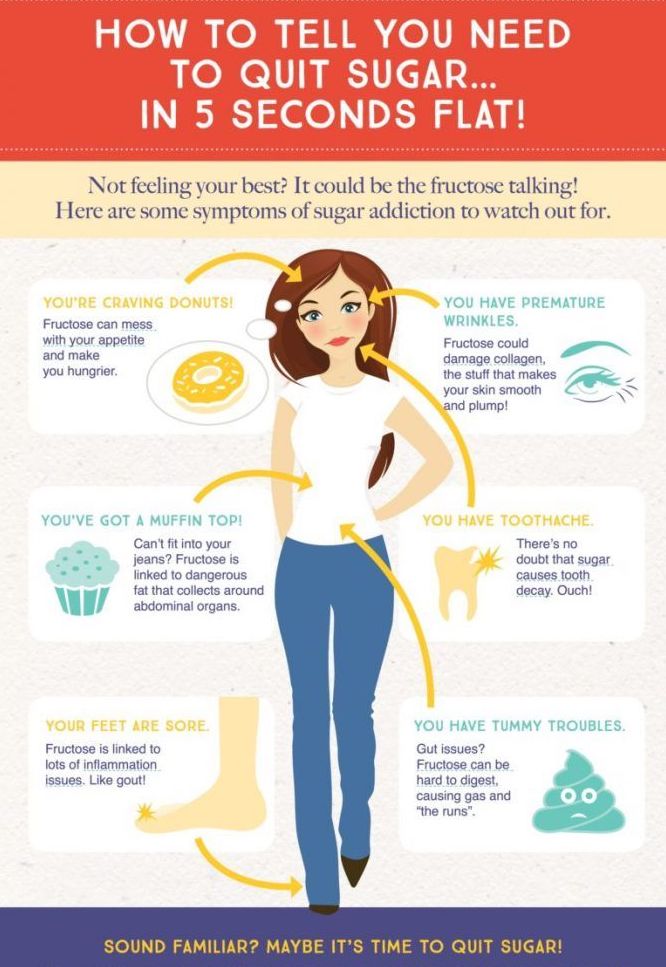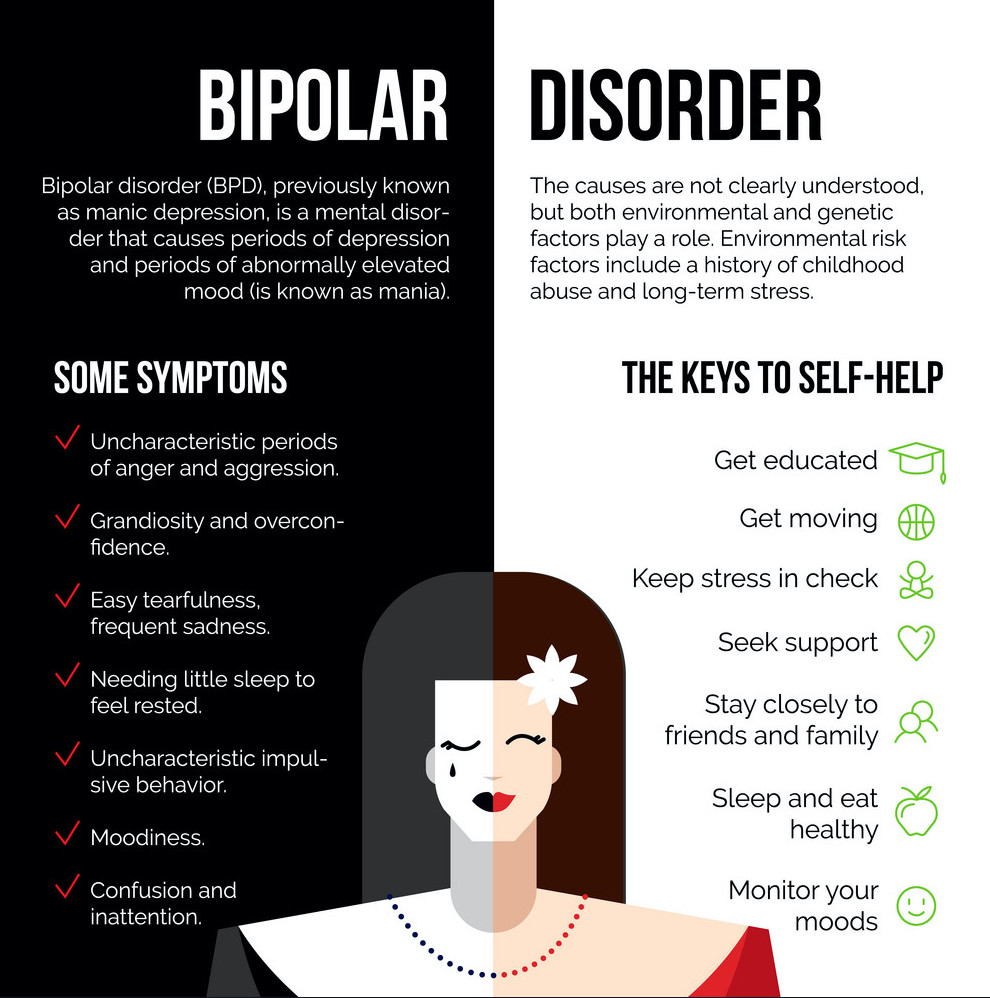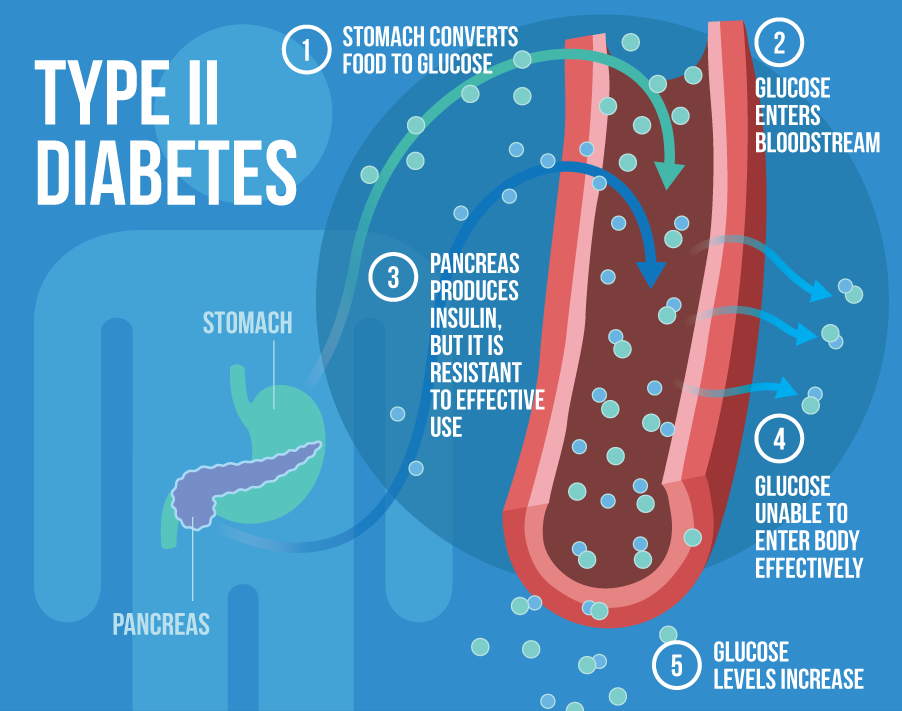What causes blackouts?
A blackout is a loss of consciousness or complete or partial memory loss. Possible causes of blackouts include epilepsy and drinking a large volume of alcohol.
If a person notices someone falling unconscious, they should put them in a seated position or help them lie down so that they do not hurt themselves.
What is a blackout?
Some people define blackouts as a temporary loss of consciousness that typically lasts for a few minutes.
However, a 2016 review observes that overconsuming alcohol may lead to alcohol-induced blackouts, which can, in some cases, be due to memory loss rather than a loss of consciousness.
Other possible causes of blackouts include syncope, epilepsy, and stress.
Alcohol blackouts
Two different kinds of blackouts can result from drinking alcohol: en bloc and fragmentary.
When a person consumes a very large volume of alcohol, an en bloc blackout may occur. If this happens, they will not remember anything that they did while they were drinking.
Fragmentary blackouts tend to affect only patches of memory, so a person may be able to piece together a memory on prompting.
Symptoms
If someone has drunk too much alcohol, they may have the following symptoms of alcohol intoxication:
- becoming confused
- difficulty staying awake, or not being able to wake up
- clammy skin and low body temperature
- slow heart rate
- vomiting and seizures
Treatment
If a person is showing symptoms of severe alcohol intoxication, it is important to call the emergency services for treatment.
According to the National Institute on Alcohol Abuse and Alcoholism, a very high blood-alcohol concentration may result in a person struggling to remain conscious. In the most severe cases of alcohol intoxication, they may even fall into a coma. Due to this, it is really important to get someone emergency help if their condition is deteriorating.
In cases where someone who has drunk too much needs first aid, people should:
- lie the person down on their side with their knees up so that they will not choke on their vomit
- check that they are breathing every 15 minutes
- monitor their condition and call 911 immediately if it worsens
Syncope blackouts
The American Heart Association (AHA) describe a syncope blackout as a short temporary loss of consciousness that happens when not enough blood reaches the brain.
People may also refer to this type of blackout as fainting. Low blood pressure typically causes syncope blackouts because the heart cannot pump enough oxygen-rich blood to the brain.
There are two main types of syncope blackouts: neurally mediated and cardiac.
A neurally mediated syncope is usually benign and requires no further treatment. It could occur when a person’s blood pressure drops after they experience pain or dehydration or get up too quickly. This type of syncope tends to occur more in children and young adults.
A cardiac syncope is more serious as it could signal an underlying problem with the heart. Tachycardia, bradycardia, or other types of hypotension could cause a cardiac syncope. If a person does not get treatment, they are at risk of complications or even sudden cardiac death.
Treatment
A doctor may prescribe fludrocortisone to reduce blackouts in people who experience neurally mediated syncope.
If anyone feels as though they are about to faint, they should sit or lie down so that they do not injure themselves if they fall unconscious.
Diagnosis
If a person is experiencing syncope blackouts, a doctor may request an electrocardiogram (EKG) to see whether there are any underlying problems with the heart.
They may also order a tilt test. During this test, a person lies down on a board that moves to change their position while healthcare professionals measure their blood pressure and heart rate.
Epilepsy blackouts
A disturbance of neuronal activity in the brain can cause an epileptic episode. During these episodes, people may experience a seizure. Their muscles may contract, and they could lose consciousness.
However, just because a person has epilepsy, it does not necessarily mean that they will blackout when they have a seizure. The disorder is a spectrum, and it covers many other symptoms.
Symptoms
Many different symptoms could accompany epileptic blackouts, depending on the type of seizure that a person is experiencing.
According to the University of California, San Francisco, one particular type of epileptic seizure that causes blackouts is a tonic-clonic seizure — also known as a grand-mal seizure. During this epileptic episode, people lose consciousness, and the body goes stiff (tonic phase). The muscles then contract, which may result in the jaw clamping shut (clonic phase).
Treatment
The National Institute of Neurological Disorders and Stroke estimate that 70% of people with epilepsy can control their symptoms by taking medication or undergoing surgery.
Since the Food and Drug Administration (FDA) approved them in 2019, doctors have been able to prescribe cenobamate tablets for adults who experience blackouts during seizures. If medication proves ineffective, doctors may recommend surgery.
Some children may be unable to take medication due to the side effects. In these cases, they may benefit from special diets.
Diagnosis
If a doctor suspects that a person has epilepsy, they may request an MRI or CT scan. These imaging techniques help the doctor examine brain activity and rule out other neurological conditions.
Learn more about epilepsy here.
Can stress cause blackouts?
If a person experiences blackouts as a result of stress, this is known as a psychogenic blackout. While these blackouts are similar to syncope and epileptic blackouts, the causes are different.
Experts believe that when people are experiencing a threatening feeling, thought, or memory, it can overwhelm them so much that it induces a seizure.
Some symptoms of psychogenic blackouts include:
- fainting and falling
- jerking movements of the arms and legs
- losing control of the bladder and bowel
- going “blank” and feeling out of touch with the surroundings
- not being able to remember the blackout
Treatment
According to the Epilepsy Society, people who experience psychogenic blackouts may benefit from cognitive behavioral therapy (CBT). CBT helps people identify stressful triggers and put techniques in place to cope when they feel overwhelmed.
Diagnosis
If a person believes that they are experiencing psychogenic blackouts, a doctor may refer them to a neurologist, who may be able to diagnose psychogenic blackouts by ruling out other causes.
Can medication cause blackouts?
According to one 2015 study, vasodilatory medications and diuretics could result in syncope blackouts.
Another 2015 study suggests that overconsuming sedatives could cause memory loss. In one case study, the excessive use of alprazolam (Xanax) led a 50-year-old woman to experience memory loss blackouts. However, more research is necessary to support these findings.
When to see a doctor
A person should speak to a doctor if they believe that they are experiencing symptoms of syncope, epileptic blackouts, or blackouts that are the result of medication. In cases of severe alcohol intoxication, a person may need emergency assistance.
With treatment, most people will be able to continue their daily activities. If a person’s blackouts are related to an underlying medical condition, they should stop once the person receives treatment to manage the condition.
Summary
Excessive alcohol use, stress, medication, and epilepsy can all cause blackouts. While blackouts are a frightening experience, treatment can allow people to lead a normal life without the fear of falling unconscious or losing their memory.




